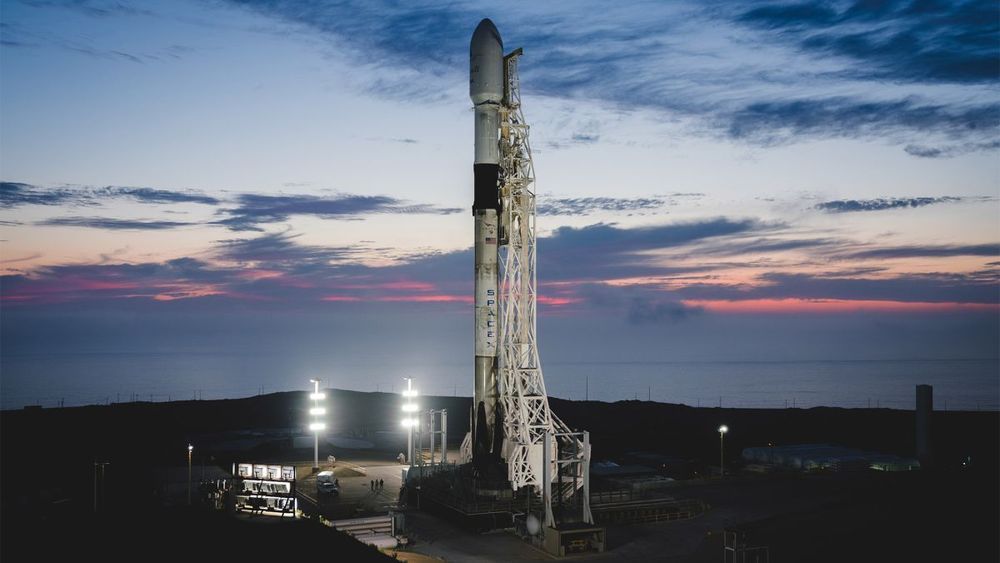The U.S. Army now is pairing space-based sensors with artillery units to allow howitzer and rocket gunners to detect, identify, process, and engage enemy units faster than ever. In tests conducted in Germany, Army artillery units were able to use satellite data for the first time to hit targets beyond the line of sight.
Category: satellites – Page 141
Elon Musk and other competitors rushed to support Rocket Lab after the startup’s founder apologized for losing 7 satellites in a launch failure
When Peter Beck of Rocket Lab said he was “incredibly sorry” for losing his customers’ satellites, the company saw a surge of public support.
Live coverage: SpaceX poised for midday launch from Kennedy Space Center
Live coverage of the countdown and launch of a SpaceX Falcon 9 rocket from pad 39A at NASA’s Kennedy Space Center in Florida. The mission will launch SpaceX’s tenth batch of Starlink broadband satellites. Text updates will appear automatically below. Follow us on Twitter.
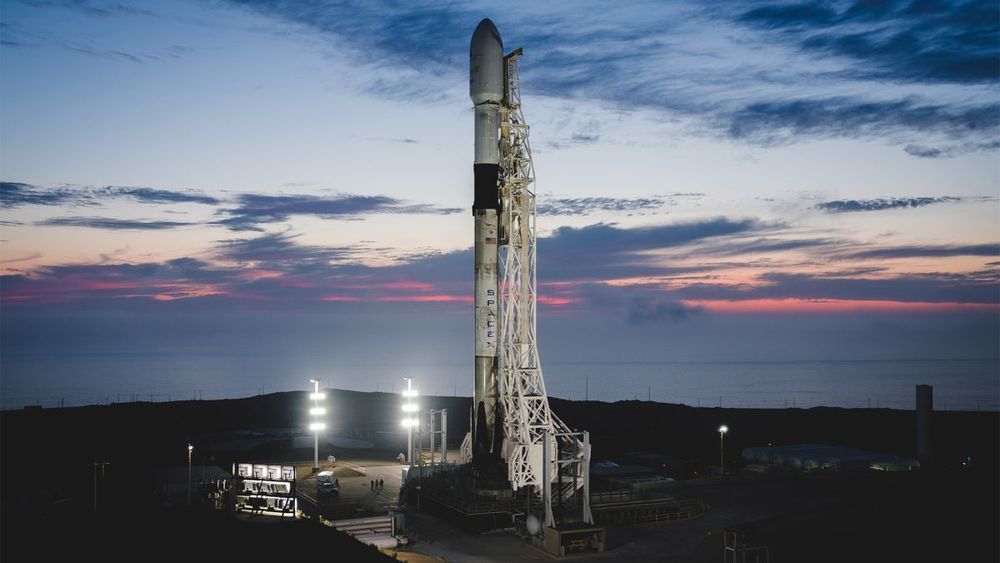
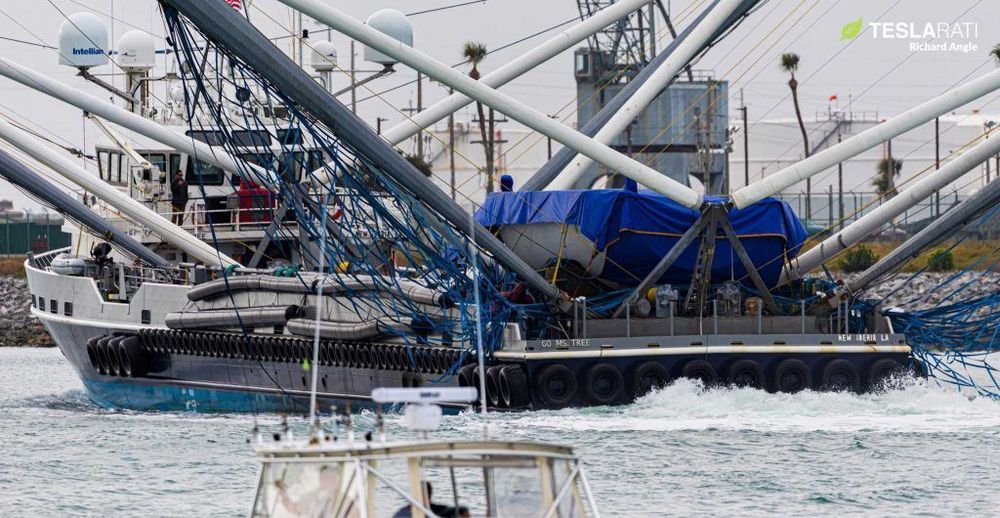
SpaceX nails second Falcon nosecone recovery in one month
SpaceX has successfully recovered two pairs of Falcon 9 payload fairings (nosecones) – one twice-flown – in one month after twin ships GO Ms. Tree and GO Ms. Chief returned to port on July 2nd.
Around 45 minutes after Falcon 9 B1060 lifted off for the first time with the US military’s third upgraded GPS III satellite in tow and around 40 minutes after the rocket’s payload fairing deployed, both fairing halves gently splashed down in the Atlantic Ocean just a few miles apart. Lacking their main recovery nets in an odd configuration, Ms. Tree and Ms. Chief both fished one half out of the ocean with smaller secondary nets before placing the fairings on their decks for technicians to secure them.
A little more than two weeks prior, both ships were in the midst of recovering the Starlink-8 mission’s twice-flown fairings from the ocean, safely returning them – intact – to shore for the first time since SpaceX began fairing reuse. As SpaceX itself noted at the tail end of its GPS III SV03 webcast, the intact recovery of the mission’s fairing halves all but guarantees that they’ll be reused in the near future.
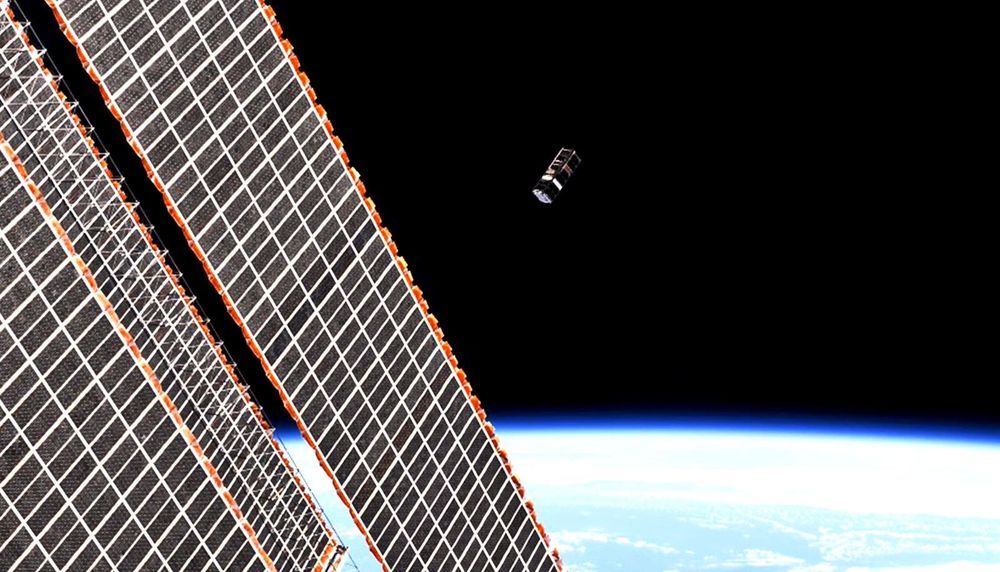
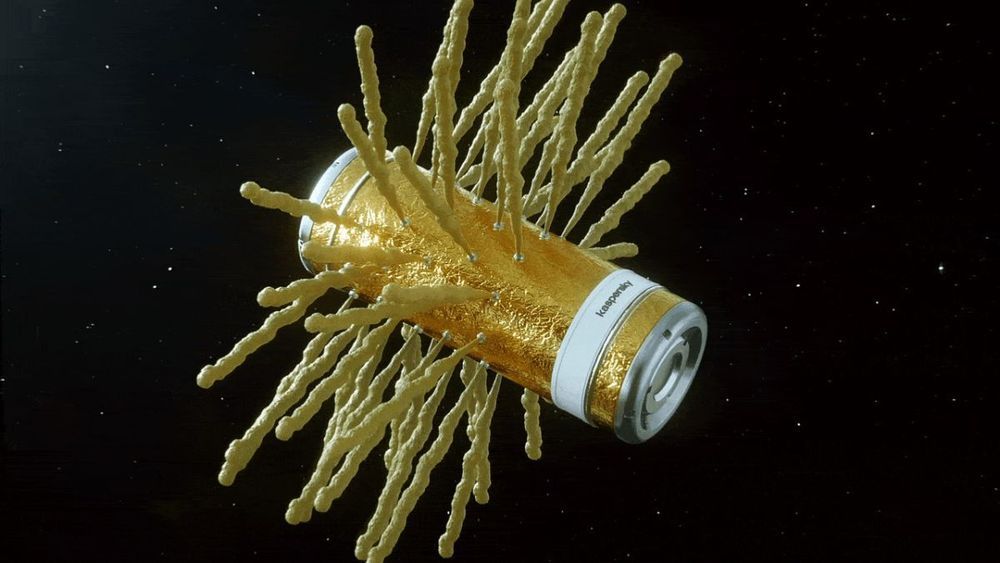

NASA Funds Harvard Hunt for Alien “Technological Civilizations”
A team of astronomers from Harvard and other institutions are collaborating on a new project to scan the skies for technological signatures from alien civilizations.
It’s a noteworthy new project, as it’s the first to receive a NASA grant for SETI-specific research in more than 30 years, according to a statement.
“Technosignatures relate to signatures of advanced alien technologies similar to, or perhaps more sophisticated than, what we possess,” said Avi Loeb, the chair of the Harvard astronomy department Harvard, in a statement. “Such signatures might include industrial pollution of atmospheres, city lights, photovoltaic cells (solar panels), megastructures, or swarms of satellites.”

Elon Musk calls Jeff Bezos a copy cat after Amazon buys self-driving startup
Tesla Inc. Chief Executive Officer Elon Musk called Amazon.com CEO Jeff Bezos “a copy cat” on Twitter after the online retailer announced it is acquiring self-driving startup Zoox Inc.
.@JeffBezos is a copy 🐈 haha https://twitter.com/ft/status/1276401808068526080— Elon Musk (@elonmusk) June 26, 2020
It’s not the first time Musk, who also serves as CEO of SpaceX, has taken jabs at Bezos. Earlier this month, Musk made headlines when he said it was “time to break up Amazon” in a tweet. He also called Bezos, who runs rocket-launch startup Blue Origin LLC, a copy cat in April 2019 after hearing of plans for a satellite-based internet service to rival his own company’s.
